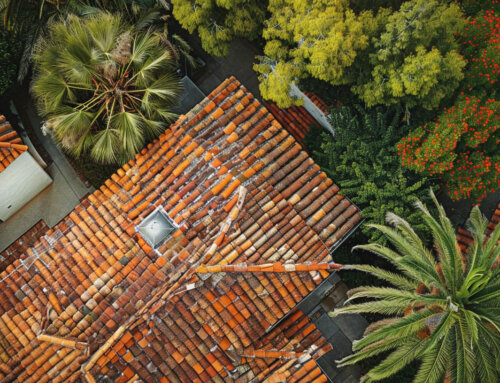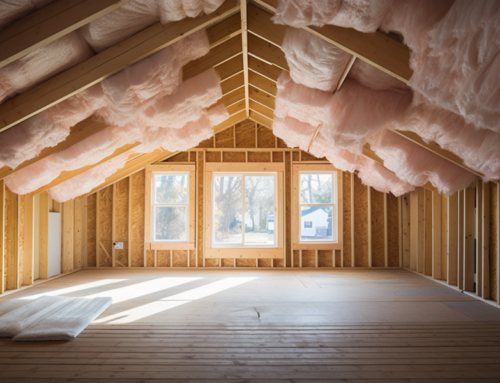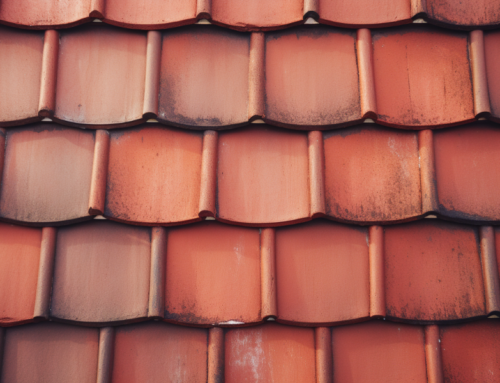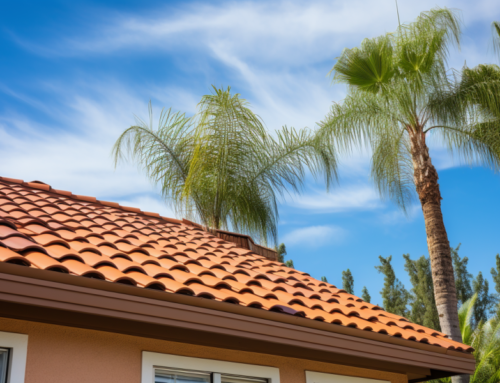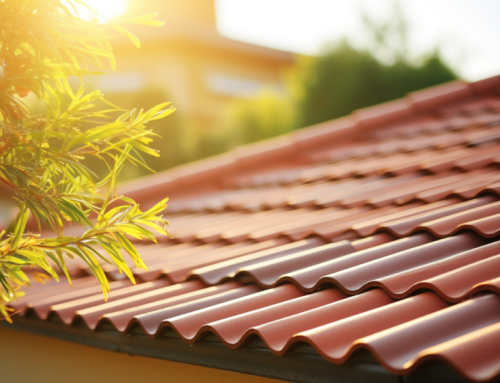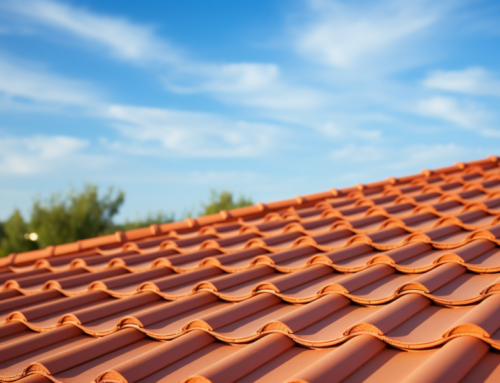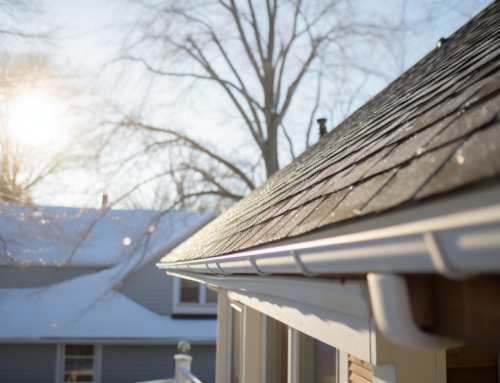In regions like California, where the ground often trembles, ensuring the structural integrity of buildings is paramount. One of the most vital components of a building that requires attention is the roof. Retrofitting roofs to withstand the forces of earthquakes not only ensures the safety of the occupants but also significantly reduces potential repair costs. This article delves deep into the significance of retrofitting roofs in California and outlines the best strategies to achieve optimal earthquake resistance.
Seismic Hazards in California: A Brief Overview
California’s geographical position places it along several active fault lines, making it highly vulnerable to earthquakes. For roofers in San Diego and other parts of the state, it’s imperative to grasp the specific seismic challenges of their operating region. Elements like distance to fault lines, soil conditions, and past earthquake records are pivotal in shaping the retrofitting approach.
The Imperative of Roof Inspection and Evaluation
Before embarking on any retrofitting journey, a comprehensive inspection of the roof is non-negotiable. This assessment reveals the roof’s current state and potential weak spots. It’s crucial to identify issues like damage signs, frail connections, insufficient fasteners, or deteriorating materials that might hinder the roof’s seismic performance.
Bolstering Roof Connections
A cornerstone of retrofitting roofs for earthquake resilience is fortifying the links between the roof structure and the building’s walls. Several techniques can achieve this:
- Metal Connectors: The integration of metal connectors, like hurricane straps or clips, can substantially boost the roof-to-wall connections. These connectors play a pivotal role in distributing seismic forces, reducing the chances of the roof separating from the building.
- Reinforcing Trusses and Rafters: Augmenting the roof’s framing system by introducing extra bracing or reinforcing existing trusses and rafters can markedly elevate its capacity to counteract lateral shifts during earthquakes.
Securing Roofing Materials
The upheaval caused by earthquakes can displace roofing materials, leading to hazards and additional damage. Ensuring the proper anchoring of materials like tiles, shingles, or metal panels is essential. Utilizing the right fasteners, glues, or clips can effectively keep these materials intact.
Embracing Flexible Roofing Systems
Opting for roofing materials and systems that exude flexibility and can endure seismic movements is a wise choice. Materials like certain metal roofing variants, synthetic membranes, or elastomeric coatings are adept at adjusting to the structural changes instigated by earthquakes, thereby minimizing damage.
Partnering with Structural Engineers
For a successful retrofitting endeavor, joining forces with structural engineers who have a niche in seismic retrofitting is beneficial. These experts can offer invaluable advice, conduct structural evaluations, and suggest retrofitting methods tailored to the building’s unique features and its geographical setting.
At San Diego County Roofing & Solar, we prioritize the safety and stability of buildings during seismic disturbances. By implementing rigorous inspections, fortifying roof connections, securing roofing materials, and leveraging flexible roofing systems, we aim to enhance roofs’ structural robustness. Our commitment to collaborating with seasoned structural engineers and adhering to regional building codes ensures the success of our retrofitting projects. Our proactive approach to seismic retrofitting is a testament to our dedication to bolstering California’s architectural resilience and safeguarding its inhabitants.



